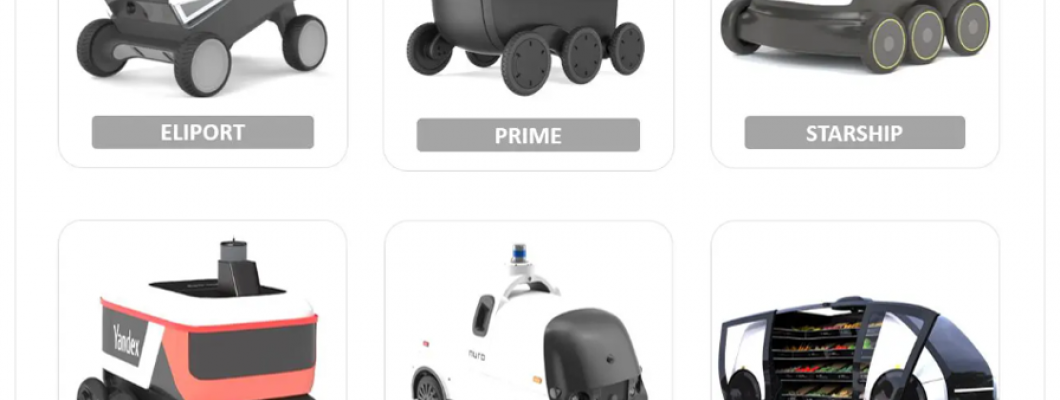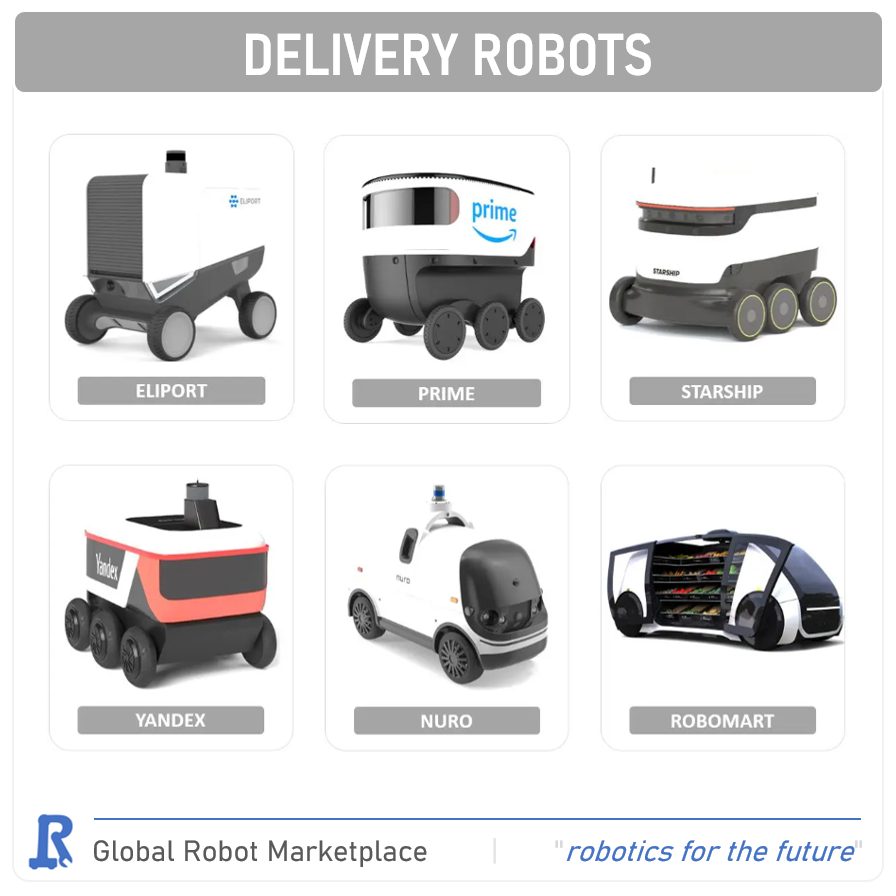
As technology continues to advance, the way we receive goods and services is also changing. One of the most promising developments in this area is the use of delivery robots. These machines are designed to transport goods from one location to another without the need for human intervention.
In this article, we will take a closer look at the potential of delivery robots for the future and how they could transform the way we shop and receive goods.
Delivery robots come in a variety of shapes and sizes, from small drones that can deliver packages to your doorstep, to larger robots that can transport larger items such as furniture or groceries. These machines use a combination of sensors, cameras, and GPS technology to navigate their surroundings and find their way to their destination. Some robots even use artificial intelligence to learn from their environment and improve their performance over time.
One of the main benefits of delivery robots is their efficiency. Unlike human delivery drivers, robots can work around the clock without the need for breaks or rest. They can also travel directly from the warehouse to the customer's doorstep, avoiding the need for multiple stops along the way. This can result in faster delivery times and lower costs for retailers and consumers.

Another benefit of delivery robots is their potential to reduce carbon emissions. With fewer delivery trucks on the road, the environmental impact of transporting goods can be significantly reduced. This could be particularly important in urban areas where congestion and air pollution are major concerns.
However, there are also challenges to the widespread adoption of delivery robots. One of the main obstacles is the need to develop regulations and guidelines for their use. As these machines become more common, it will be important to ensure that they are used safely and responsibly. This will require collaboration between policymakers, industry leaders, and the public to establish standards for design, operation, and privacy.
Another challenge is the potential impact on jobs. As delivery robots become more prevalent, there may be concerns about the displacement of human workers in the delivery and logistics industries. However, it is important to note that these machines are unlikely to replace human workers entirely. Instead, they are more likely to complement existing delivery services and create new opportunities for workers in areas such as robot maintenance and programming.
Despite these challenges, the future of delivery robots looks bright. As technology continues to advance and the demand for faster and more efficient delivery services grows, these machines are likely to play an increasingly important role in the way we receive goods and services. With the right regulations and guidelines in place, delivery robots have the potential to transform the way we shop and receive goods, making our lives easier and more convenient while also reducing our impact on the environment.
Global Robot Marketplace
